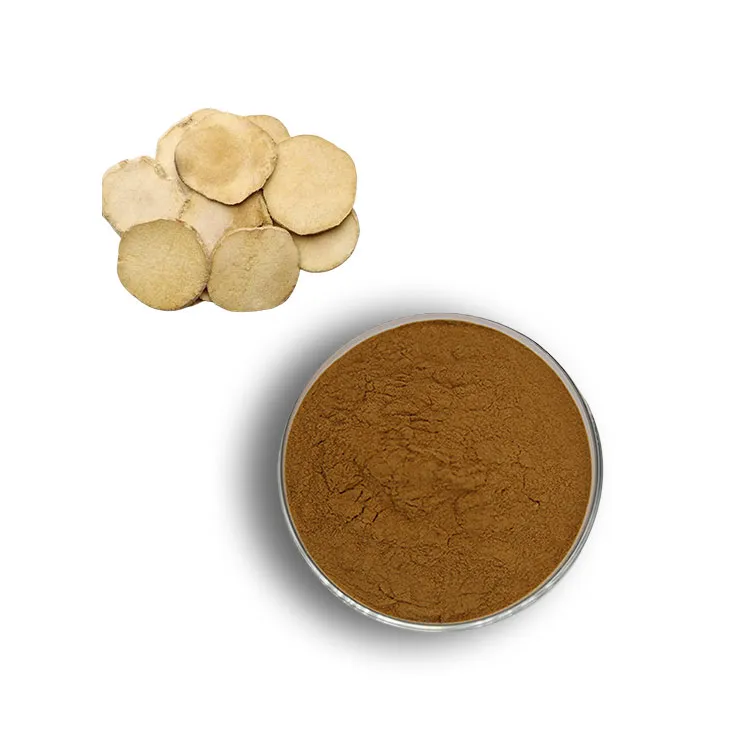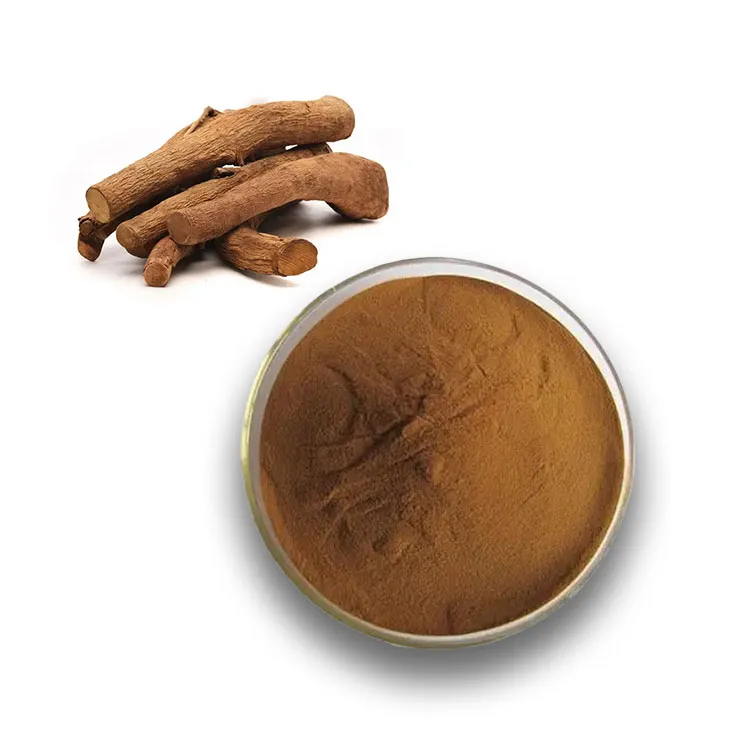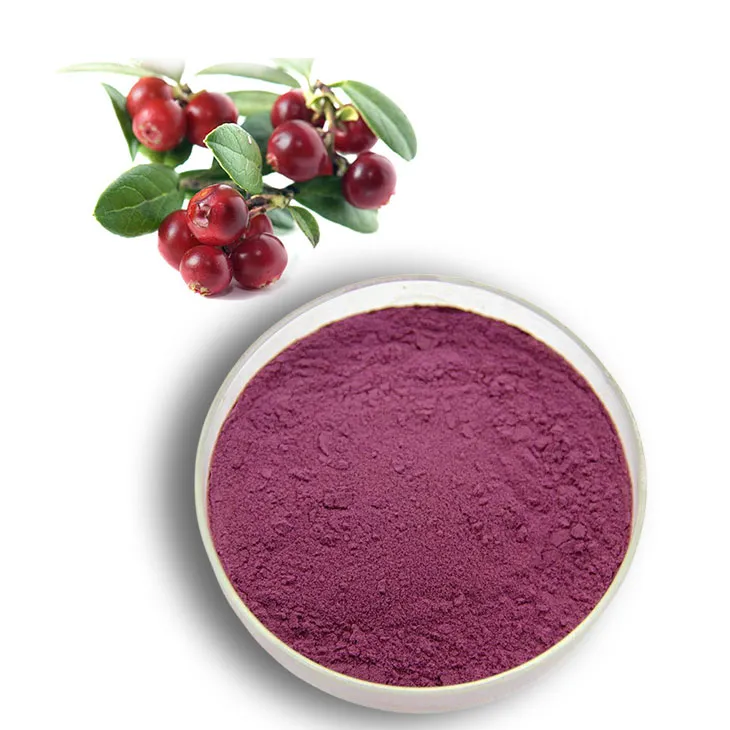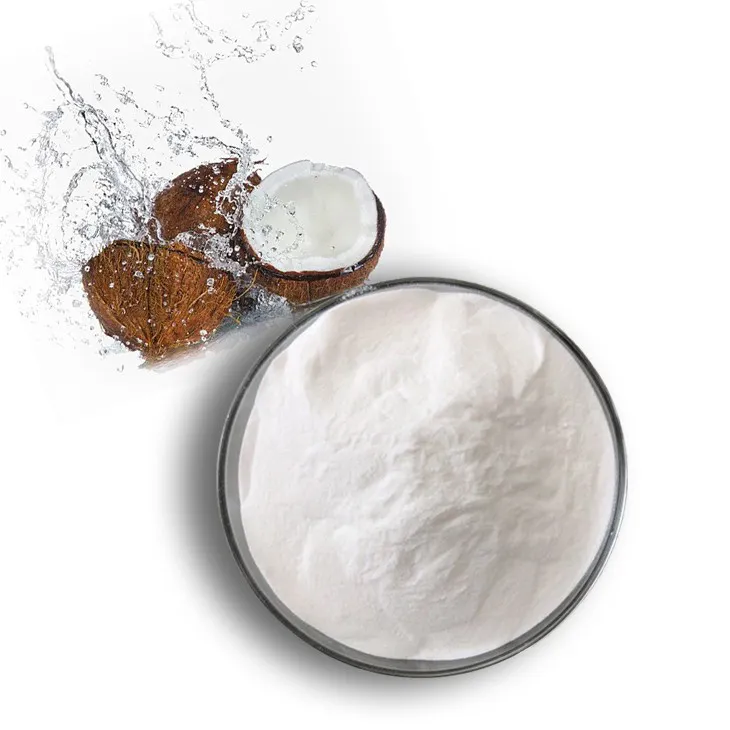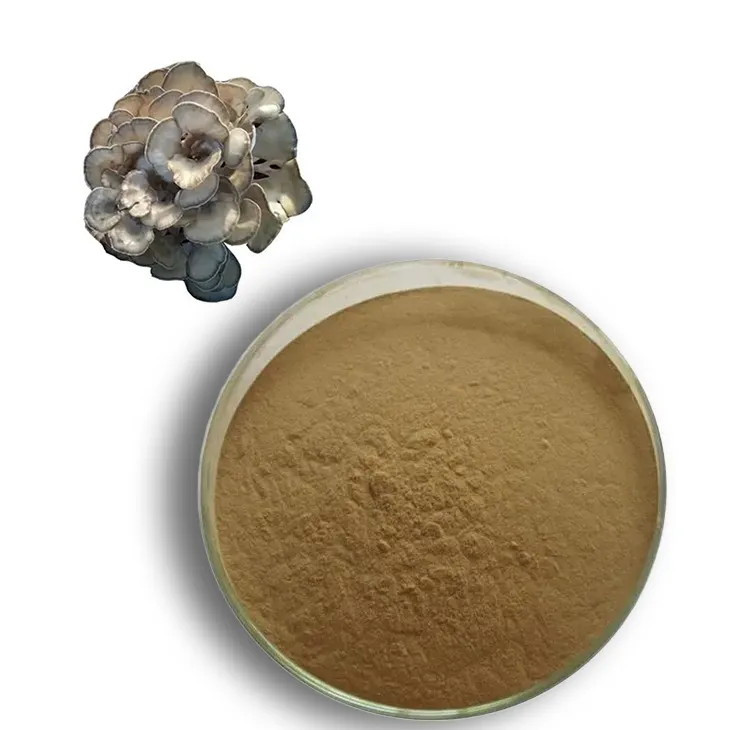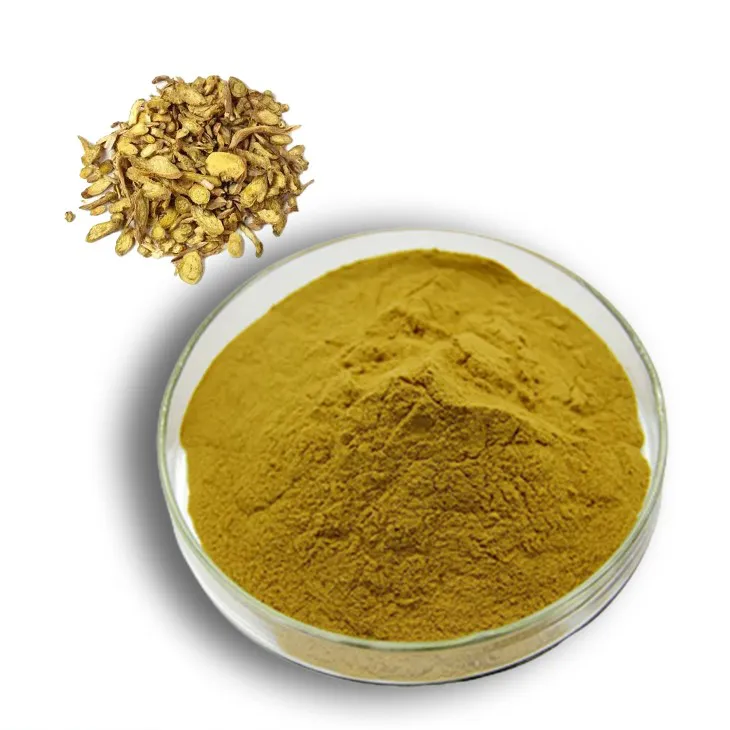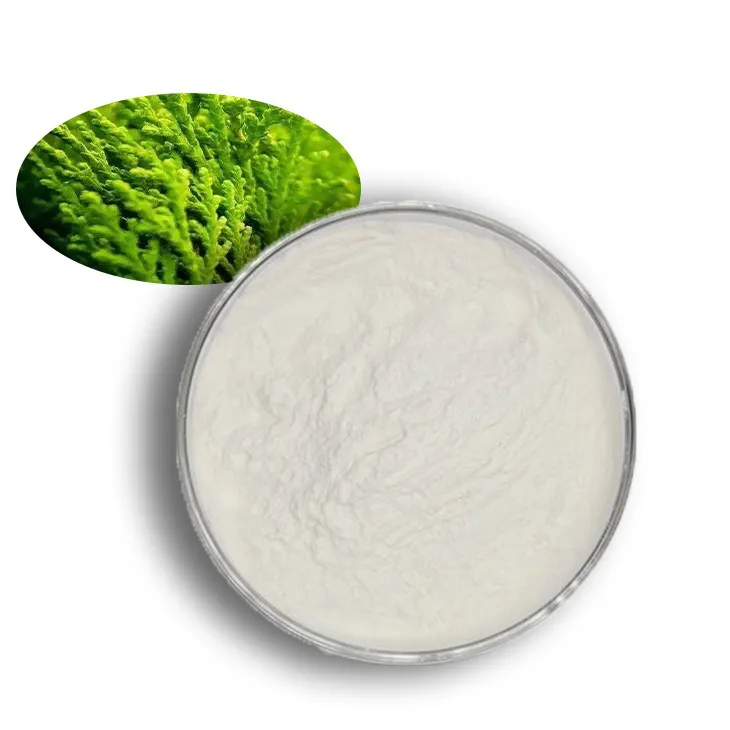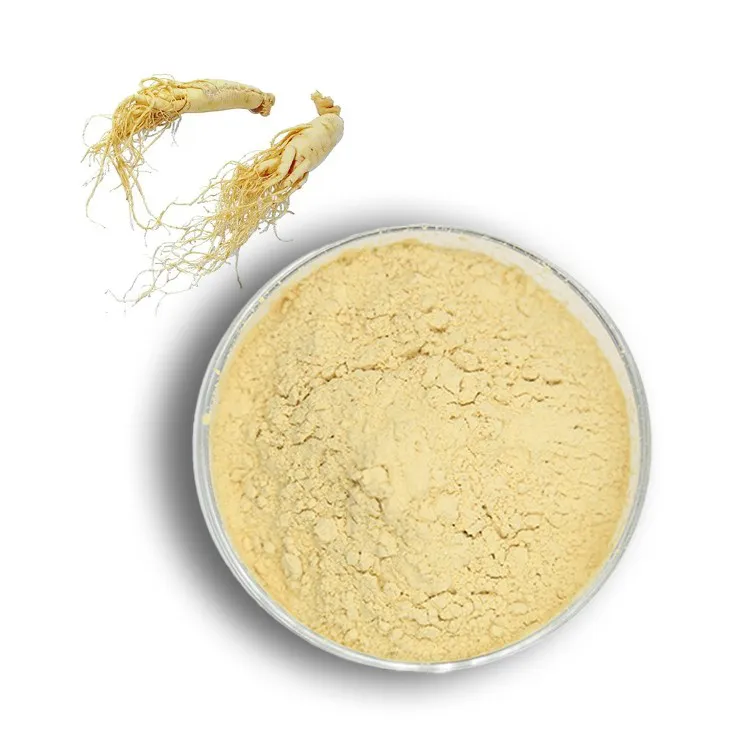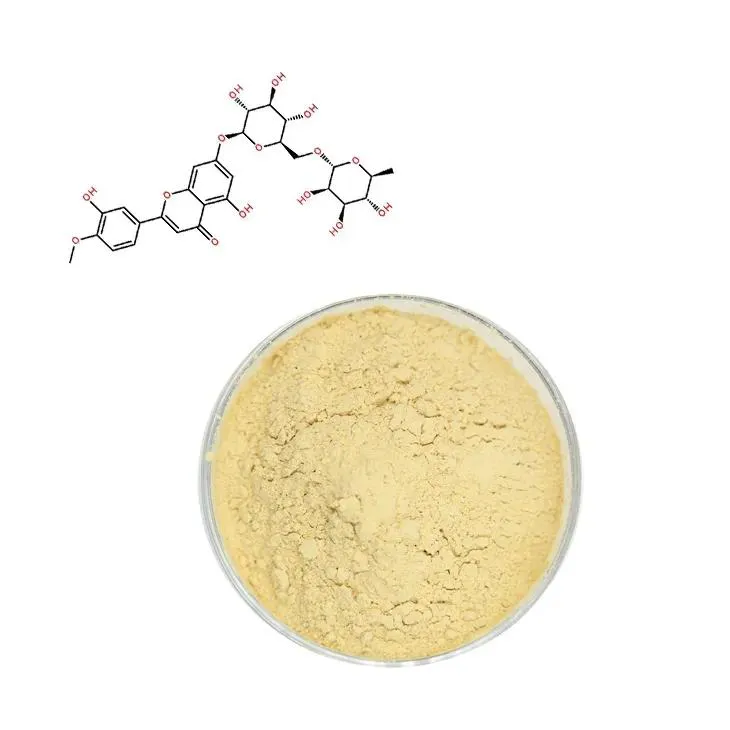- 0086-571-85302990
- sales@greenskybio.com
different extraction methods for plants
2023-09-26
1. Historical Overview of Plant Extraction Techniques
1. Historical Overview of Plant Extraction Techniques
The art and science of extracting valuable compounds from plants have been practiced for thousands of years, with roots in ancient civilizations. The historical overview of plant extraction techniques is a testament to human ingenuity and the evolving understanding of plant chemistry.
Early Methods:
- Maceration: One of the earliest methods, maceration involves crushing plant material and soaking it in a liquid, typically water or oil, to extract soluble components.
- Infusion: Similar to maceration, infusion involves steeping plant material in hot water to extract flavors, aromas, and medicinal compounds.
- Decoction: A more intense process than infusion, decoction involves boiling plant material in water to extract more robust and heat-stable compounds.
Development of Distillation:
- Hydrodistillation: This technique uses steam to extract volatile oils from plant material. The steam carries the essential oils, which are then condensed and collected.
- Steam Distillation: An advancement on hydrodistillation, steam distillation can handle more delicate plant materials and is used to produce essential oils.
Cold Pressing:
- Expression: Particularly used for citrus fruits, this method involves mechanical pressure to extract oil without the use of heat or solvents, preserving the integrity of the compounds.
Solvent Extraction:
- Organic Solvents: The use of solvents like ethanol, acetone, and hexane became more prevalent with the industrial revolution, allowing for more efficient extraction of non-volatile compounds.
Evolution of Technology:
- As technology advanced, so did the methods of extraction. The development of machinery allowed for larger scale and more efficient extraction processes.
Cultural Practices:
- Different cultures around the world have their unique methods of extraction, often tied to traditional medicine and culinary practices. For example, the use of fermentation in the production of Korean kimchi or the preparation of herbal remedies in traditional Chinese medicine.
Preservation of Techniques:
- Despite the advancement of modern techniques, many traditional extraction methods are still in use today, valued for their simplicity and the belief in the preservation of plant properties.
The historical overview of plant extraction techniques is not just a chronicle of methods but also a reflection of the cultural and scientific development of societies. As we move forward, it's essential to appreciate the wisdom of the past while embracing the innovations of the future.
2. Modern Extraction Techniques
2. Modern Extraction Techniques
In the contemporary era, plant extraction techniques have evolved significantly, incorporating advanced technologies and innovative methods to improve efficiency, purity, and sustainability. Modern extraction techniques are designed to maximize the yield of bioactive compounds while minimizing environmental impact. Here are some of the most prominent modern extraction techniques:
2.1 Supercritical Fluid Extraction (SFE)
Supercritical fluid extraction is a state-of-the-art method that uses supercritical fluids, typically carbon dioxide, to extract compounds from plant materials. The process operates at high pressures and temperatures, allowing the supercritical fluid to penetrate plant tissues and dissolve the desired compounds. This method is highly efficient, non-toxic, and environmentally friendly, making it a popular choice for the food, pharmaceutical, and cosmetics industries.
2.2 Ultrasound-Assisted Extraction (UAE)
Ultrasound-assisted extraction employs ultrasonic waves to enhance the extraction process. The high-frequency vibrations generated by the ultrasound disrupt the plant cell walls, facilitating the release of bioactive compounds into the solvent. This technique is known for its speed, efficiency, and the ability to preserve the integrity of heat-sensitive compounds.
2.3 Microwave-Assisted Extraction (MAE)
Microwave-assisted extraction uses microwave energy to heat the extraction solvent, which accelerates the diffusion of plant compounds into the solvent. MAE is particularly effective for thermally sensitive materials and can significantly reduce extraction time compared to traditional methods.
2.4 Pressurized Liquid Extraction (PLE)
Also known as accelerated solvent extraction, PLE uses high pressure and temperature to extract compounds from plant materials. The increased pressure allows for the use of solvents at elevated temperatures without boiling, which can lead to faster extraction rates and higher yields.
2.5 Subcritical Water Extraction
This technique utilizes water under subcritical conditions (below its critical point) to extract compounds. The process is efficient, environmentally friendly, and suitable for heat-sensitive compounds, as it operates at lower temperatures than traditional heating methods.
2.6 Enzyme-Assisted Extraction
Enzyme-assisted extraction involves the use of enzymes to break down plant cell walls and release bioactive compounds. This method is particularly useful for extracting compounds that are difficult to extract using conventional methods and can improve the bioavailability of the extracted compounds.
2.7 Cold Pressing
Cold pressing is a mechanical extraction method that involves pressing plant materials at low temperatures to extract oils and other compounds. This method preserves the natural properties of the compounds and is widely used in the production of essential oils and cold-pressed juices.
2.8 Nanofiltration and Membrane Technology
Advanced separation technologies like nanofiltration and membrane processes are used to purify and concentrate plant extracts. These techniques can selectively remove unwanted compounds, improving the purity and quality of the final product.
2.9 Green Extraction Techniques
Green extraction methods, such as the use of ionic liquids or deep eutectic solvents, are gaining attention for their potential to reduce the environmental impact of extraction processes. These solvents are designed to be biodegradable and less toxic than traditional solvents.
Each of these modern extraction techniques offers unique advantages and is chosen based on the specific requirements of the plant material, the target compounds, and the desired application. The ongoing development of new technologies and methods continues to push the boundaries of what is possible in plant extraction, ensuring a vibrant and dynamic future for this field.
3. Factors Influencing Extraction Efficiency
3. Factors Influencing Extraction Efficiency
The efficiency of plant extraction methods is a critical factor in determining the quality and quantity of the final product. Several variables can influence the extraction process, affecting both the yield and the bioactivity of the plant extracts. Here are some of the key factors that impact extraction efficiency:
3.1 Plant Material Characteristics
The type of plant material used, including its age, growth conditions, and part of the plant (leaves, roots, bark, etc.), can significantly affect the extraction process. Different plant parts may contain varying concentrations of the desired compounds, which can influence the overall efficiency of the extraction.
3.2 Moisture Content
The moisture content of the plant material can impact the solubility of the target compounds and the ease with which they can be extracted. High moisture content may require additional drying steps, which can be time-consuming and potentially degrade sensitive compounds.
3.3 Temperature
Temperature plays a crucial role in the extraction process, as it can affect both the solubility of the compounds and the rate of the extraction reaction. Higher temperatures can speed up the process but may also lead to the degradation of heat-sensitive compounds.
3.4 Extraction Time
The duration of the extraction process is another important factor. Longer extraction times can lead to higher yields but may also result in the degradation of certain compounds, especially if the process is not carefully controlled.
3.5 Solvent Type and Concentration
The choice of solvent is critical, as it must be capable of dissolving the target compounds without causing unwanted reactions or degradation. The concentration of the solvent can also affect the extraction efficiency, with higher concentrations potentially leading to better yields.
3.6 pH and Ionic Strength
The pH of the extraction medium can influence the ionization state of the target compounds, affecting their solubility and, consequently, the extraction efficiency. Similarly, the ionic strength can impact the solubility of certain compounds, particularly those that are ionizable.
3.7 Particle Size
The size of the plant material particles can affect the surface area available for extraction, with smaller particles generally providing a larger surface area and potentially leading to more efficient extraction.
3.8 Pressure
In some extraction methods, such as supercritical fluid extraction, pressure is a key parameter. Higher pressures can increase the solvent's density and solvation power, enhancing the extraction of certain compounds.
3.9 Stirring or Agitation
The application of mechanical stirring or agitation can improve the contact between the solvent and the plant material, leading to more efficient extraction. However, excessive agitation can also lead to the degradation of sensitive compounds.
3.10 Pre-treatment Methods
Pre-treatment methods, such as grinding, freeze-drying, or enzymatic treatment, can alter the plant material's structure, making it more accessible to the solvent and potentially improving the extraction efficiency.
Understanding and optimizing these factors is essential for achieving high extraction efficiency and obtaining plant extracts with the desired properties. Advances in extraction technologies and techniques continue to provide new ways to control and improve these factors, leading to more effective and sustainable plant extraction processes.
4. Environmental Impact of Different Extraction Methods
4. Environmental Impact of Different Extraction Methods
The environmental impact of plant extraction methods is a critical consideration in the development and application of these techniques. Extraction processes can vary significantly in their ecological footprint, energy consumption, and waste generation. This section will explore the environmental implications of different extraction methods used for plants.
4.1 Traditional Extraction Methods
Traditional extraction methods, such as maceration, infusion, and decoction, have been used for centuries and are generally considered to have a lower environmental impact due to their simplicity and reliance on natural processes. However, these methods can be labor-intensive and may not be as efficient in extracting bioactive compounds, leading to the use of larger quantities of plant material.
4.2 Solvent-Based Extraction
Solvent-based extraction methods, including Soxhlet extraction and liquid-liquid extraction, often use organic solvents such as hexane, ethanol, or acetone. While these methods can be highly efficient, the use of organic solvents raises concerns about chemical pollution, especially if the solvents are not properly recycled or disposed of. Additionally, the energy required to heat and maintain the solvents can contribute to the carbon footprint of the extraction process.
4.3 Supercritical Fluid Extraction
Supercritical fluid extraction (SFE), particularly using carbon dioxide, is considered a green technology due to its non-toxic and non-flammable nature. SFE operates at high pressures and temperatures, allowing for the extraction of compounds without the need for organic solvents. However, the energy-intensive nature of SFE can be a drawback, and the equipment required for this process can be expensive.
4.4 Ultrasound-Assisted Extraction
Ultrasound-assisted extraction (UAE) is an environmentally friendly method that uses ultrasonic waves to disrupt plant cell walls, facilitating the release of bioactive compounds. This method is energy-efficient and does not require the use of harmful solvents. However, the energy used to generate the ultrasonic waves and the potential for equipment-related emissions should be considered.
4.5 Microwave-Assisted Extraction
Microwave-assisted extraction (MAE) uses microwave radiation to heat the plant material, which can speed up the extraction process and improve the yield of bioactive compounds. Like UAE, MAE is energy-efficient and does not require the use of solvents. However, the environmental impact of the electricity used to power the microwaves and the potential for equipment-related emissions must be assessed.
4.6 Pressurized Fluid Extraction
Pressurized fluid extraction, also known as accelerated solvent extraction (ASE), uses high pressure to force a solvent through the plant material, extracting compounds more quickly and efficiently than traditional methods. The environmental impact of this method is influenced by the type of solvent used and the energy required for the high-pressure system.
4.7 Enzymatic and Biotechnology-Assisted Extraction
Enzymatic and biotechnology-assisted extraction methods are emerging as eco-friendly alternatives. These methods use enzymes or microorganisms to break down plant cell walls and release bioactive compounds. They are typically more selective and can be carried out at lower temperatures, reducing energy consumption and environmental impact.
4.8 Waste Management and Recycling
A significant aspect of the environmental impact of plant extraction methods is the management of waste materials generated during the process. Efficient recycling of solvents, composting of plant residues, and the development of closed-loop systems can help mitigate the environmental footprint of these methods.
4.9 Conclusion
The environmental impact of plant extraction methods is multifaceted and depends on various factors, including the type of solvent used, energy consumption, waste generation, and waste management practices. As the demand for sustainable and eco-friendly practices grows, there is a need for continuous innovation and improvement in extraction technologies to minimize their environmental impact while maintaining efficiency and effectiveness.
5. Applications of Plant Extracts
5. Applications of Plant Extracts
Plant extracts have a wide range of applications across various industries, owing to their diverse chemical compositions and biological activities. Here, we explore the most significant uses of these natural compounds.
Pharmaceutical Industry:
Plant extracts are extensively used in the development of pharmaceutical products. Many modern medicines are derived from or inspired by plant compounds. For instance, the painkiller aspirin is derived from the bark of the willow tree. Additionally, plant extracts are used in traditional medicine systems such as Ayurveda, Traditional Chinese Medicine, and herbal remedies in Western medicine.
Cosmetics and Personal Care:
The cosmetic industry frequently incorporates plant extracts for their skin-friendly properties, such as antioxidants, vitamins, and soothing agents. These extracts are used in creams, lotions, shampoos, and other personal care products to enhance their efficacy and appeal to consumers seeking natural ingredients.
Food and Beverage Industry:
Plant extracts are used to add flavor, color, and nutritional value to food and beverages. They are found in everything from spices and condiments to functional beverages and dietary supplements. For example, vanilla and cinnamon are derived from plant extracts and are widely used in the food industry.
Agricultural Applications:
In agriculture, plant extracts are used as natural pesticides and fertilizers. They can help control pests and diseases in crops without the harsh effects of synthetic chemicals, promoting sustainable farming practices.
Floral and Fragrance Industry:
The fragrance of many plants is captured and used in perfumes, candles, and air fresheners. The floral and fragrance industry relies on the unique scents of plants to create a variety of products that evoke different moods and settings.
Textile Industry:
Plant extracts are used in the dyeing process for textiles, providing natural colorants for fabrics. They are also used in the production of plant-based fibers, contributing to the eco-friendly fashion movement.
Environmental Remediation:
Some plant extracts have the ability to absorb or break down pollutants, making them useful in environmental remediation efforts. Phytoremediation uses plants to clean up contaminated soil and water.
Research and Development:
Plant extracts are a rich source of bioactive compounds for research into new drugs, materials, and technologies. They are used in laboratories worldwide to study their potential health benefits and applications.
Conclusion:
The applications of plant extracts are vast and varied, reflecting their importance in both traditional and modern contexts. As consumers become increasingly health-conscious and environmentally aware, the demand for plant-based products is likely to grow, further expanding the role of plant extracts in various industries.
6. Future Trends in Plant Extraction Technologies
6. Future Trends in Plant Extraction Technologies
As the demand for natural products and sustainable practices continues to rise, the future of plant extraction technologies is poised for significant advancements. Here are some of the key trends that are expected to shape the industry:
1. Green Chemistry and Eco-friendly Processes:
The focus will be on developing environmentally benign solvents and processes that minimize waste, reduce energy consumption, and avoid harmful byproducts. Green extraction methods such as supercritical fluid extraction (SFE), ultrasound-assisted extraction (UAE), and microwave-assisted extraction (MAE) are likely to gain more prominence.
2. Nanotechnology Integration:
The use of nanotechnology in extraction processes could lead to more efficient and targeted extraction methods. Nanoparticles can enhance the penetration of solvents into plant tissues, potentially increasing the yield and purity of the extracts.
3. Precision Agriculture and Plant Breeding:
Advancements in precision agriculture and plant breeding will lead to plants with higher concentrations of desired compounds. This will reduce the amount of biomass needed for extraction, making the process more efficient and sustainable.
4. Artificial Intelligence and Machine Learning:
The application of AI and machine learning in optimizing extraction parameters can lead to more precise control over the extraction process. These technologies can predict the best conditions for extraction, reducing trial and error and improving yield.
5. High-throughput Screening:
High-throughput screening methods will become more prevalent for rapidly identifying and quantifying bioactive compounds in plant extracts. This will accelerate the discovery of new plant-based drugs and functional ingredients.
6. Biorefinery Approaches:
The integration of biorefinery concepts will allow for the full utilization of plant biomass, extracting not only primary compounds but also secondary metabolites and other valuable components. This will enhance the economic viability of plant extraction processes.
7. Personalized Medicine and Tailored Extracts:
As personalized medicine becomes more mainstream, there will be a growing demand for tailored plant extracts that cater to individual health needs and genetic profiles.
8. Regulatory Compliance and Standardization:
With the increasing use of plant extracts in various industries, there will be a stronger emphasis on regulatory compliance and the development of standardized methods for extraction and quality control.
9. Circular Economy Principles:
The adoption of circular economy principles in plant extraction will focus on reusing and recycling waste products from the extraction process, reducing environmental impact and creating additional revenue streams.
10. Public-Private Partnerships:
Collaborations between academic institutions, governments, and private companies will drive innovation in plant extraction technologies, fostering a knowledge-sharing ecosystem that accelerates the development of new methods and applications.
In conclusion, the future of plant extraction technologies is set to be dynamic and innovative, with a strong emphasis on sustainability, efficiency, and the integration of cutting-edge technologies to meet the growing global demand for natural products.
7. Conclusion and Recommendations
7. Conclusion and Recommendations
In conclusion, the field of plant extraction has evolved significantly from ancient practices to the sophisticated modern techniques we use today. The journey from rudimentary methods to high-tech extraction processes has greatly expanded our ability to harness the therapeutic and functional properties of plants for various applications.
Historical Overview has shown us that the roots of plant extraction are deeply embedded in human history, with early civilizations utilizing simple methods such as maceration and decoction to extract beneficial compounds from plants.
Modern Extraction Techniques have revolutionized the industry, offering more efficient, cleaner, and targeted ways to obtain plant extracts. Techniques such as supercritical fluid extraction, ultrasound-assisted extraction, and microwave-assisted extraction have improved both the quality and quantity of extracts, making them more viable for commercial and medicinal use.
Factors Influencing Extraction Efficiency such as solvent type, temperature, pressure, and particle size have been identified as crucial in optimizing the extraction process. Understanding these factors allows for the customization of extraction methods to suit specific plant materials and desired outcomes.
The Environmental Impact of different extraction methods is a critical consideration in the 21st century, with a push towards green chemistry and sustainable practices. Techniques that minimize waste, reduce energy consumption, and use environmentally friendly solvents are increasingly favored.
Applications of Plant Extracts are vast, ranging from pharmaceuticals and nutraceuticals to cosmetics, agriculture, and food industries. The versatility of plant extracts underscores the importance of continued research and development in this field.
Looking towards the Future Trends in Plant Extraction Technologies, we can expect to see a continued move towards green and sustainable practices, the integration of artificial intelligence for process optimization, and the exploration of novel extraction techniques that further enhance efficiency and selectivity.
Recommendations for the future include:
1. Investment in Research: Encouraging further research into novel extraction methods and the optimization of existing ones to improve efficiency and sustainability.
2. Education and Training: Providing education and training for practitioners in the field to ensure they are aware of the latest techniques and best practices.
3. Regulatory Support: Developing and enforcing regulations that support sustainable and environmentally friendly practices in the extraction industry.
4. Collaboration: Fostering collaboration between academia, industry, and regulatory bodies to drive innovation and address challenges collectively.
5. Public Awareness: Raising public awareness about the benefits of plant extracts and the importance of sustainable extraction methods.
As we continue to explore and innovate within the realm of plant extraction, it is essential to balance the pursuit of scientific advancement with a commitment to environmental stewardship and social responsibility. By doing so, we can ensure that the benefits of plant extracts are accessible to all, while preserving our planet for future generations.
- ▶ Hesperidin
- ▶ Citrus Bioflavonoids
- ▶ Plant Extract
- ▶ lycopene
- ▶ Diosmin
- ▶ Grape seed extract
- ▶ Sea buckthorn Juice Powder
- ▶ Fruit Juice Powder
- ▶ Hops Extract
- ▶ Artichoke Extract
- ▶ Mushroom extract
- ▶ Astaxanthin
- ▶ Green Tea Extract
- ▶ Curcumin
- ▶ Horse Chestnut Extract
- ▶ Other Product
- ▶ Boswellia Serrata Extract
- ▶ Resveratrol
- ▶ Marigold Extract
- ▶ Grape Leaf Extract
- ▶ New Product
- ▶ Aminolevulinic acid
- ▶ Cranberry Extract
- ▶ Red Yeast Rice
- ▶ Red Wine Extract
-
Alisma Extract
2023-09-26
-
Tongkat Ali Extract
2023-09-26
-
Bilberry Extract
2023-09-26
-
Marigold Extract
2023-09-26
-
Coconut Water Powder
2023-09-26
-
Maitake Mushroom Extract
2023-09-26
-
Baicalin
2023-09-26
-
Carrageenan Extract Powder
2023-09-26
-
Ginseng Root Extract
2023-09-26
-
Diosmin
2023-09-26











